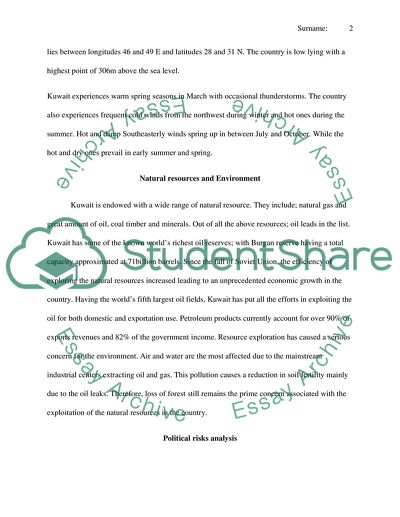Cite this document
(Kuwait's Risk Associated with Investing in the Country Research Paper, n.d.)
Kuwait's Risk Associated with Investing in the Country Research Paper. Retrieved from https://studentshare.org/macro-microeconomics/1785556-kuwaits-risk-analysis
Kuwait's Risk Associated with Investing in the Country Research Paper. Retrieved from https://studentshare.org/macro-microeconomics/1785556-kuwaits-risk-analysis
(Kuwait'S Risk Associated With Investing in the Country Research Paper)
Kuwait'S Risk Associated With Investing in the Country Research Paper. https://studentshare.org/macro-microeconomics/1785556-kuwaits-risk-analysis.
Kuwait'S Risk Associated With Investing in the Country Research Paper. https://studentshare.org/macro-microeconomics/1785556-kuwaits-risk-analysis.
“Kuwait'S Risk Associated With Investing in the Country Research Paper”, n.d. https://studentshare.org/macro-microeconomics/1785556-kuwaits-risk-analysis.


